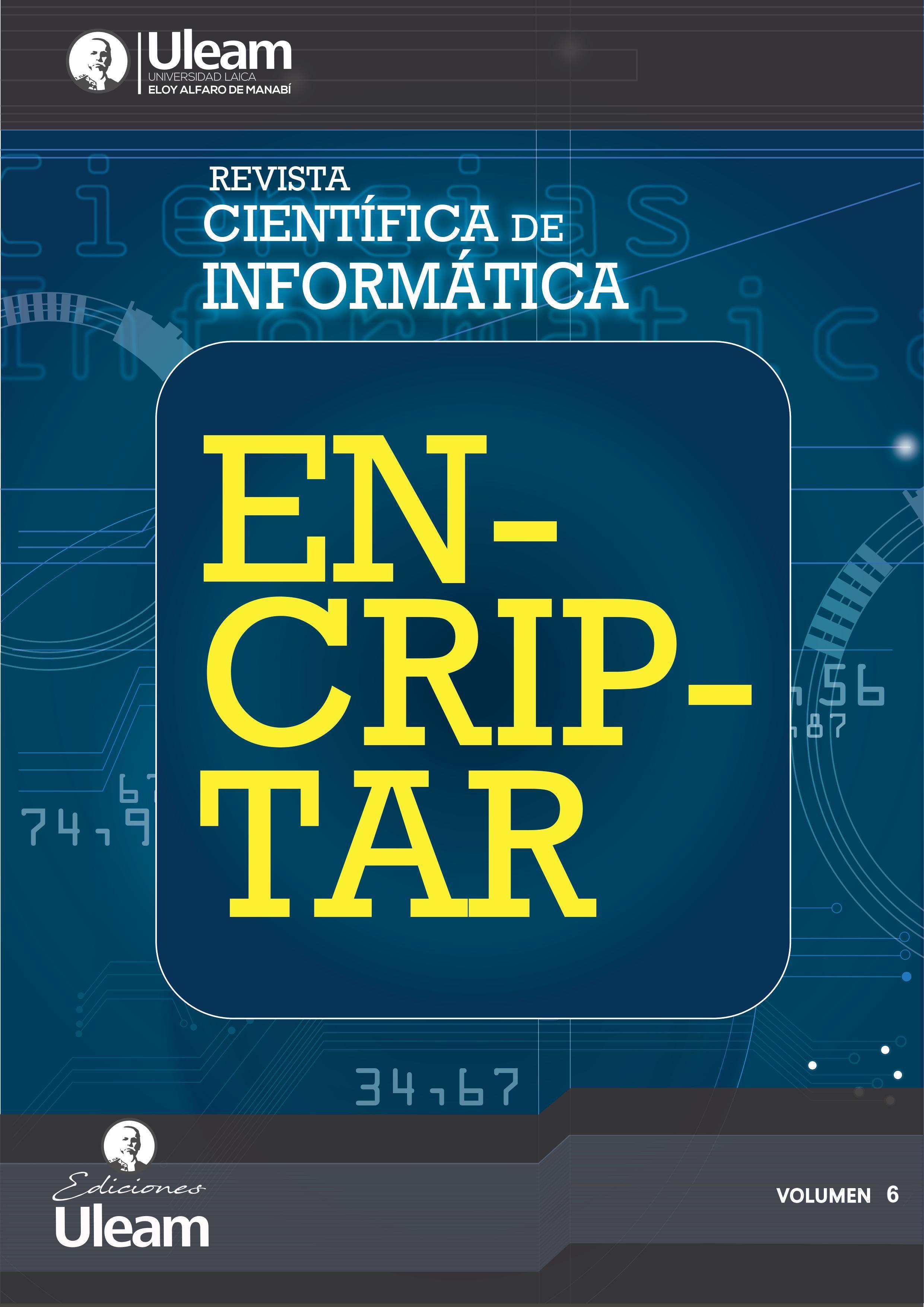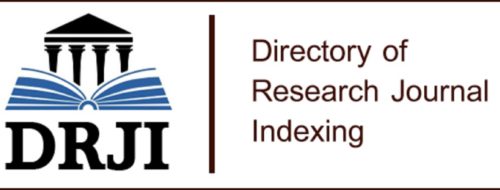Pronóstico de Demanda de Electricidad con Redes Neuronales Artificiales para Salta, Argentina
DOI:
https://doi.org/10.56124/encriptar.v6i12.001Palabras clave:
Artificial Neural Network, Electric Load Curve, Hourly PredictionResumen
Los pronósticos de demanda de electricidad son extremadamente importantes para los proveedores de energía y otros participantes en la generación, transmisión, distribución y mercados de energía eléctrica. Estos pronósticos son esenciales para la operación y planificación del sistema eléctrico, ya que permiten a los proveedores optimizar sus operaciones y tomar decisiones informadas sobre inversiones futuras en infraestructura de generación y transmisión. Además, estos pronósticos también permiten a los proveedores anticipar posibles desequilibrios entre la oferta y la demanda de energía, lo que les ayuda a evitar apagones y mantener la estabilidad del sistema eléctrico. En este artículo se presentan modelos basados en redes neuronales artificiales (ANN) para permitir una predicción asertiva de la demanda eléctrica horaria, a lo largo de un año. Dada la alta estacionalidad de la demanda eléctrica en general, se propone en la metodología el desarrollo de un modelo por cada mes del año. Este estudio se lleva a cabo a partir de los datos recabados de diferentes fuentes, para la región de Salta Capital, en la provincia de Salta, Argentina. A partir de los resultados obtenidos podemos decir que la metodología planteada mejora en un 3% el error cuadrático medio respecto a trabajos anteriores. Estos resultados son de particular importancia para los proveedores de energía y otros participantes en los mercados eléctricos, ya que les brindan una herramienta más precisa y confiable para la toma de decisiones en la operación y planificación del sistema eléctrico.
Descargas
Citas
Al-Musaylh M. S., Deo R. C., Adamowski J. F., Li Y. (2018). Short-term electricity demand forecasting with MARS, SVR and ARIMA models using aggregated demand data in Queensland, Australia. Advanced Engineering Informatics, 35, 1-16.
Aribowo W., Muslim S., Basuki I. (2020). Generalized regression neural network for long-term electricity load forecasting. In 2020 International conference on smart technology and applications (ICoSTA) (pp. 1-5).
Barman M., Choudhury N. B. D. (2020). A similarity based hybrid GWO-SVM method of power system load forecasting for regional special event days in anomalous load situations in Assam, India. Sustainable Cities and Society, 61, 102311.
Ciulla G., D'Amico A. (2019). Building energy performance forecasting: A multiple linear regression approach. Applied Energy, 253, 113500.
Compañía Administradora del Mercado Mayorista Eléctrico (CAMMESA). Informe Mensual: Principales Variables.
Dhaval B., Deshpande A. (2020). Short-term load forecasting with using multiple linear regression. International Journal of Electrical and Computer Engineering, 10(4), 3911-3917, 2020.
Divina F., Garcia Torres M., Gomez Vela F. A., Vazquez Noguera, J. L. (2019). A comparative study of time series forecasting methods for short term electric energy consumption prediction in smart buildings. Energies, 12(10), 1934, 2019.
El-Hendawi M., Wang Z. (2020). An ensemble method of full wavelet packet transform and neural network for short term electrical load forecasting. Electric Power Systems Research, 182, 106265.
Elsaraiti M., Ali G., Musbah H., Merabet A., Little T. (2021). Time series analysis of electricity consumption forecasting using ARIMA model. In 2021 IEEE Green technologies conference (GreenTech) (pp. 259-262). IEEE.
Fan G. F., Yu M., Dong S. Q., Yeh Y. H., Hong W. C. (2021). Forecasting short-term electricity load using hybrid support vector regression with grey catastrophe and random forest modeling. Utilities Policy, 73, 101294, 2021.
Fan G. F., Li Y., Zhang X. Y., Yeh Y. H., Hong W. C. (2023). Short‐term load forecasting based on a generalized regression neural network optimized by an improved sparrow search algorithm using the empirical wavelet decomposition method. Energy Science & Engineering, 11(7), 2444-2468.
Gasparin A., Lukovic S., Alippi C. (2022). Deep learning for time series forecasting: The electric load case. CAAI Transactions on Intelligence Technology, 7(1), 1-25.
Gul M. J., Urfa G. M., Paul A., Moon J., Rho S., Hwang E. (2021). Mid-term electricity load prediction using CNN and Bi-LSTM. The Journal of Supercomputing, 77, 10942-10958.
Lai C. S., Yang Y., Pan K., Zhang J., Yuan H., Ng W. W., Lai L. L.(2020). Multi-view neural network ensemble for short and mid-term load forecasting. IEEE Transactions on Power Systems, 36(4), 2992-3003.
Lee Y. W., Tay K. G., Choy Y.Y. (2018). Forecasting electricity consumption using time series model. International Journal of Engineering & Technology, 7(4.30), 218-223.Al-Shobaki, S., & Mohsen, M. (2008). Modeling and forecasting of electrical power demands for capacity planning. Energy Conversion and Management, 49(11), 3367–3375.
Mahia F., Dey A. R., Masud M. A., Mahmud, M. S. (2019). Forecasting electricity consumption using ARIMA model. In 2019 International Conference on Sustainable Technologies for Industry 4.0 (STI) (pp. 1-6). IEEE.
Nepal B., Yamaha M., Yokoe A., Yamaji T. (2020). Electricity load forecasting using clustering and ARIMA model for energy management in buildings. Japan Architectural Review, 3(1), 62-76.
Oreshkin B. N., Dudek G., Pełka P., Turkina E. (2021). N-BEATS neural network for mid-term electricity load forecasting. Applied Energy, 293, 116918.
Ozturk S., Ozturk F. (2018). Forecasting energy consumption of Turkey by Arima model. Journal of Asian Scientific Research, 8(2), 52.
Peng L. L., Fan G. F., Yu M., Chang Y. C., Hong W. C. (2021). Electric load forecasting based on wavelet transform and random forest. Advanced Theory and Simulations, 4(12), 2100334.
Shao M., Wang X., Bu Z., Chen X., Wang Y. (2020). Prediction of energy consumption in hotel buildings via support vector machines. Sustainable Cities and Society, 57, 102128.
Sharma A., Jain S. K. (2023). A Novel Two-Stage Framework for Mid-Term Electric Load Forecasting. IEEE Transactions on Industrial Informatics.
Shine P., Scully T., Upton J., Murphy M. D. (2018). Multiple linear regression modelling of on-farm direct water and electricity consumption on pasture based dairy farms. Computers and electronics in agriculture, 148, 337-346.
Shirzadi N., Nizami A., Khazen M., Nik-Bakht M. (2021). Medium-term regional electricity load forecasting through machine learning and deep learning. Designs, 5(2), 27.
Son N., Yang S., Na J. (2020). Deep neural network and long short-term memory for electric power load forecasting. Applied Sciences, 10(18), 6489.
Sun Y., Ding S., Zhang Z., Jia W. (2021). An improved grid search algorithm to optimize SVR for prediction. Soft Computing, 25, 5633-5644.
Wang Y., Guo P., Ma N., Liu G. (2022). Robust wavelet transform neural-network-based short-term load forecasting for power distribution networks. Sustainability, 15(1), 296.
Zanjani S. M., Shahinzadeh H., Moradi J., Fayaz-dastgerdi M. H., Yaïci W., Benbouzid M. (2022). Short-term Load Forecasting using the Combined Method of Wavelet Transform and Neural Networks Tuned by the Gray Wolf Optimization Algorithm. In 2022 Global Energy Conference (GEC) (pp. 294-299).
Publicado
Cómo citar
Número
Sección
Licencia
Derechos de autor 2024 Revista Científica de Informática ENCRIPTAR - ISSN: 2737-6389.

Esta obra está bajo una licencia internacional Creative Commons Atribución-NoComercial-CompartirIgual 4.0.















